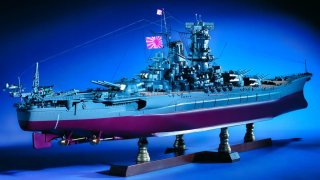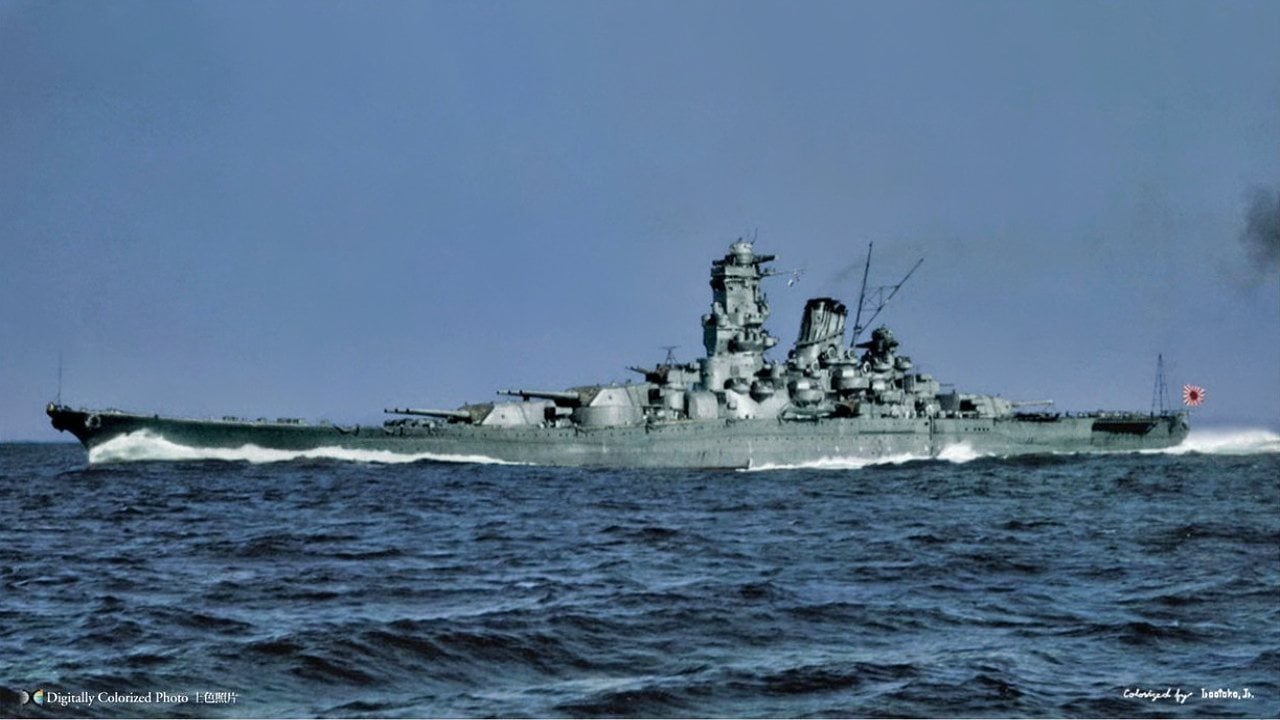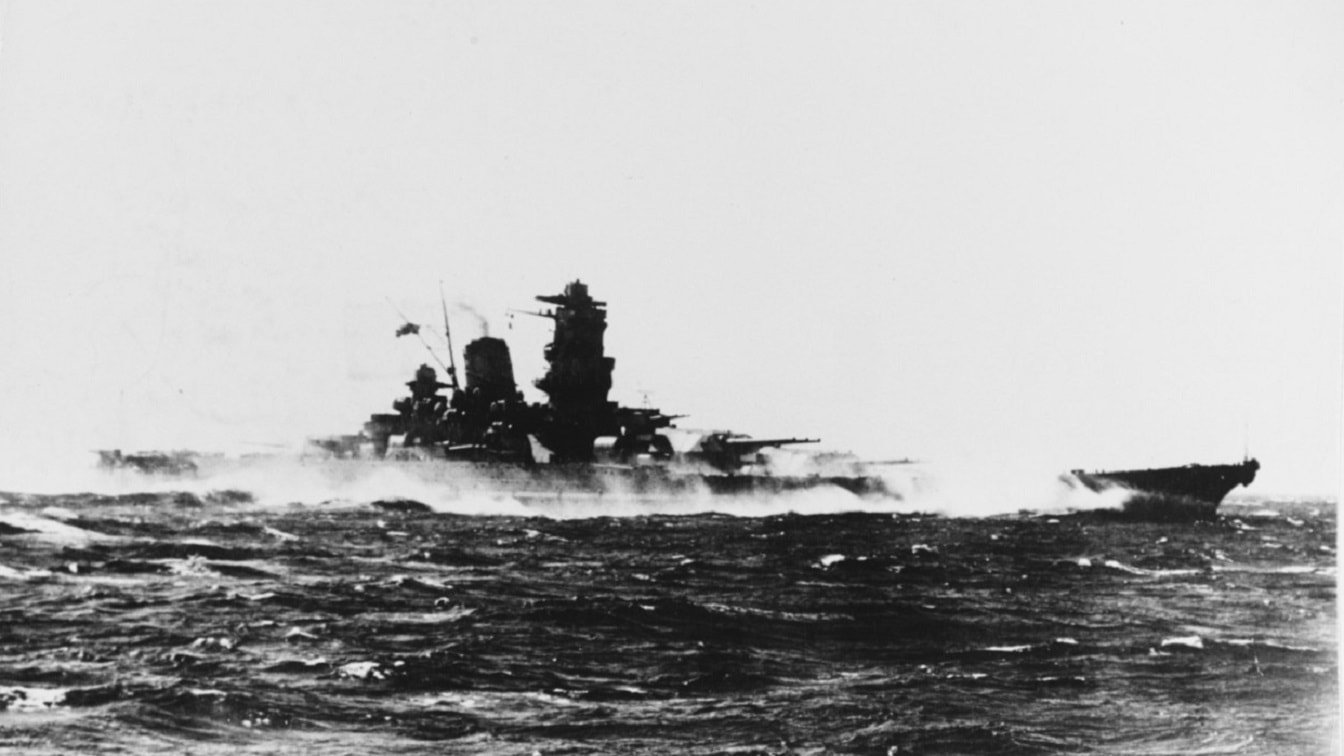The TBF Avenger made her maiden flight on Aug. 7, 1941, and officially entered into operational service with the U.S. Navy in January 1942. The plane was manufactured by the Grumman Corporation, nowadays known as Northrup Grumman, and also known for legendary warbirds such as the F6F Hellcat and the F-14 Tomcat.
The age of the battleship is over. And yet, history is filled with countless examples of how they lived, fought, and died. The TBF Avenger has a special place in this history.

In my recent articles on the U.S. Navy’s legendary Iowa-class battleships, I noted that these ships never did engage in any fights with enemy battleships.
Armchair admirals thus have to settle for “what-if” debates about who would have won in a fight between the Iowas and the Imperial Japanese Navy’s biggest behemoths, the sister ships Yamato and Musashi, with their mammoth 18-inch guns and 72,000-ton displacements.
Having said that, it is now time to take a look at the war machine that did end up sinking the Yamato and Musashi: the TBF Avenger torpedo bomber.
TBF Avenger History and Specifications
The TBF Avenger made her maiden flight on Aug. 7, 1941, and officially entered into operational service with the U.S. Navy in January 1942. The plane was manufactured by the Grumman Corporation, nowadays known as Northrup Grumman and also known for legendary warbirds such as the F6F Hellcat and the F-14 Tomcat.
In a twist of historical fate, as noted in a September 2022 article by Scott Mall in Flying, “On the afternoon of December 7, 1941, Grumman held a ceremony to open a new manufacturing plant and display its new Avenger torpedo bomber to the public.
When Grumman officials learned of the attack on Pearl Harbor, the facility was quickly sealed off against possible sabotage.”




